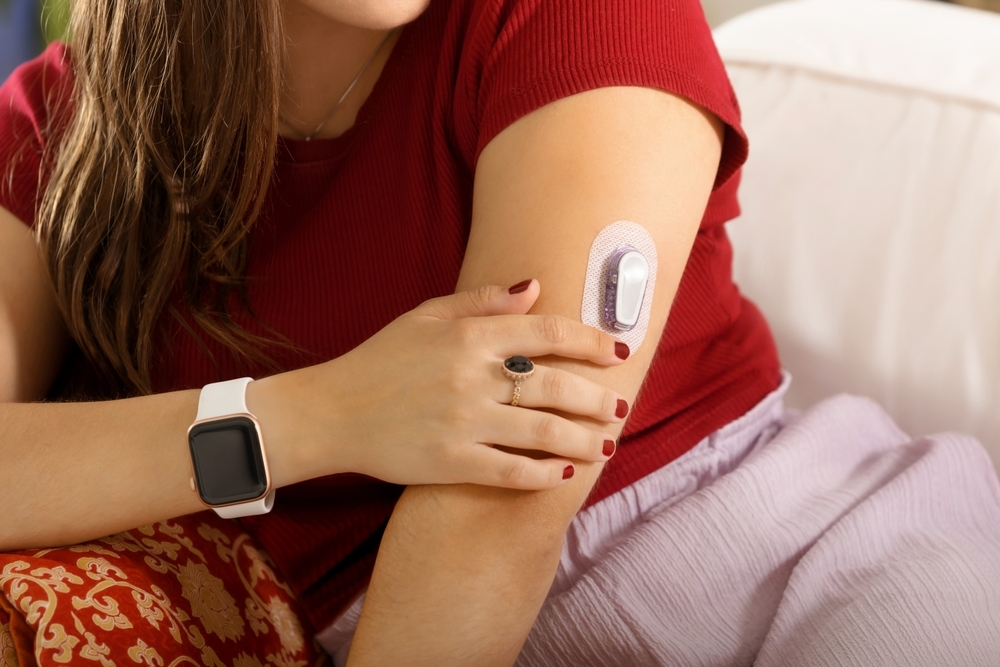What happens after I meet my health insurance deductible?
Your health insurance deductible amount is one of the most important pieces of your plan. Meeting the deductible is your first step toward your insurance company paying a portion of your covered healthcare needs, including but certainly not limited to your diabetes care and management tools.
What is a deductible, and what happens after I meet it?
While there are many details to learn about your health insurance plan, two of the most vital facts are the deductible amount and the out-of-pocket maximum (sometimes abbreviated as OOPM). Your deductible is the threshold amount you are responsible for before your plan begins to pay the agreed-upon amount for other medical services and items. The out-of-pocket max is the most you'll be responsible for in expenses paid for patient responsibility before your plan covers medical services and items at 100 percent.
How does the health insurance deductible work?
Here's an example: Let's say your new plan has a $1,000 deductible and a $3,000 out-of-pocket max. If it's the beginning of the plan year and you haven't paid for anything health-related yet, you'll need to meet your deductible before your plan begins paying toward your supplies. This means that if you have a $1,000 deductible, you'll need to spend $1,000 toward those covered health expenses out of your own pocket before the insurance kicks in.
In this scenario, when you need to order diabetes supplies that are covered under durable medical equipment (DME) at 80 percent with a 20 percent coinsurance patient responsibility, you will pay 100 percent of the cost of your medical services and supplies until you've spent $1,000 (the amount of your deductible). After that point, you will only pay the patient responsibility portion, like the 20 percent coinsurance for your DME supplies or the co-pay amount for medical appointments.
As you continue paying just the patient responsibility portion of your care and supplies throughout the year after meeting the deductible, that amount adds up. When the amount you've paid out of your own pocket toward these covered healthcare costs equals the out-of-pocket max number set by your plan, your care and supplies will be covered by your plan at 100 percent from that point until the end of the plan year.
What should I know about meeting my health insurance deductible?
On the way to meeting your deductible, you may encounter some questions or confusion around how it works. Here are some things to know to help you stay ahead of your healthcare costs before and after meeting your deductible and out-of-pocket max:
Find out if your plan has a separate deductible for pharmacy items, like medications and equipment covered by pharmacy benefits. If so, you'll need to meet the pharmacy deductible separately from the overall deductible before paying coinsurance or co-pay amounts (whichever applies to your plan) instead of 100 percent of the item cost.
If your plan covers any out-of-network care or supplies, be aware that there will likely be a separate out-of-network deductible. This could increase the amount you're spending out of pocket before reaching your in-network deductible. Amounts paid toward out-of-network care and services will not count toward your out-of-pocket max.
Keep track of your progress toward meeting both the deductible and out-of-pocket max. Most online health insurance portals have clear visuals that show where you are on those journeys, so checking those for accuracy based on your records can help you catch any administrative errors.
People living with diabetes usually have a general idea of their healthcare spending in a given year. Considering that typical year of spending and overlaying that with potential deductible and out-of-pocket max amounts can help you select a healthcare plan that works best for you. If you're anticipating larger than usual healthcare spending in the year — for example, because of pregnancy or surgical procedures — that may also impact your selection and how quickly you meet those amounts.
Where can I bring further questions?
The best resources for understanding what counts toward your deductible and how your plan pays for covered items and services are your health insurance plan documents or the affiliated website portal. You can also call a member service representative from your provider if you need clarification on anything. Each plan is different, so going straight to the source for accurate information is vitally important.
It can feel daunting, but you're already on your way just by asking about what happens after your deductible is met.
Ready to learn more about your insurance plan? Dive into the details in this article to understand more about commercial health insurance.




